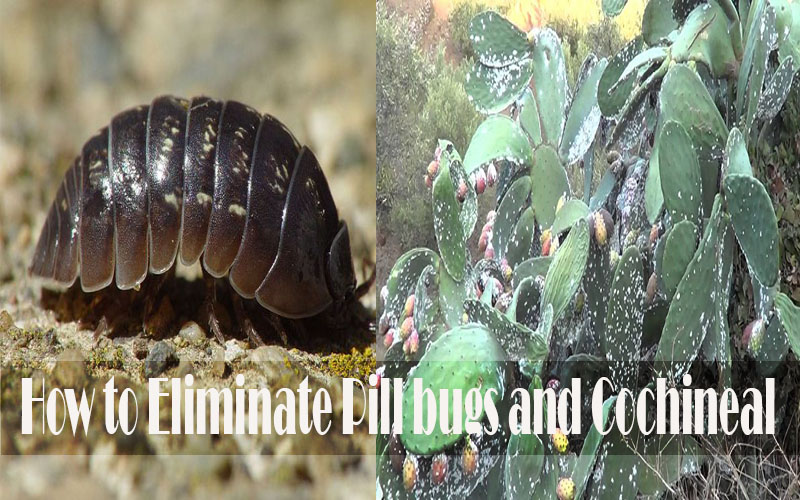Plants are stationary organisms that have no capability themselves to move. They are rooted to the ground for their entire lives, but what if they could be mobile? What would it be like to run your fingers through a field of plants that sway slightly at your touch? The answer is that many plants move when touched; here are some examples.
Plants that move when touched
This movement is achieved through what is called seismonastic movements, or just seismons. This means that when the plant is disturbed somehow, it triggers a quick burst of movement via internal rearrangement of cell contents and specialized proteins. Read also: Culinary herbs
It was once thought that these movements were for cleaning surrounding air particles; however, studies have shown this is not the case. The true purpose of seismonastic movements has yet to be determined, but there are several hypotheses about what these plants move when touched.
The Venus flytrap (Dionaea muscipula)
It is perhaps one of the most well-known plants that move when touched; the plant snaps shut in less than a second of being disturbed. The soil around these plants has been shown to have relatively large quantities of nitrogen and phosphorous, which are the same two main ingredients in commercial fertilizer. This phenomenon is studied more thoroughly in the article on carnivorous plants.
The touch-me-not plant (Mimosa pudica)
It is another well-known example of a plant that moves when touched; it has tiny leaflets with tear drop shapes along the edges. These leaflets fold inward and downward when disturbed, resembling something like a “hurt” or “injured” gesture. This movement is due to the rapid retraction of calcium ions from the cytosol to the exterior of plant cells, which causes water molecules to be drawn in and leads to a momentary collapse. The touch-me-not plant is known for its ability to retract its leaflets within twelve seconds. There are many other examples of plants that move when touched, and these articles will be updated as more information is found.
Drosera rotundifolia
Another example of a plant that moves when touched is the sundew or Drosera rotundifolia. This carnivorous plant is known for the sticky tentacles that it uses to capture prey. When an insect lands on one of these tentacles, the “dew” around it will curl inward and trap the insect between two more dew tentacles that curl inward. The dew contains digestive enzymes specific to insects, and it will break down the insect until all that is left are its exoskeleton and liquid contents.
The leafy liverwort (Conocephalum conical)
This plant moves when touched in a different way than other examples. Its leaves become concave, allowing the plant to fold in on itself. This movement is small; however, it can be treated as a “breathing” motion. The movement begins when the plant is touched and stops almost immediately after cessation of contact.
Utricularia (Bladderwort)
The bladderwort is a carnivorous plant that snaps shut its traps when prey swims into it. The traps consist of many thin, sensitive hairs that trigger the trap to close when touched by anything as small as a single water molecule. This plant is similar to the Venus flytrap in how it moves; both plants produce an acid inside their leaves that breaks down their prey.
Bryonia dioica
This plant moves when touched uniquely. When it is disturbed, its stem and leaf veins stretch, pulling the leaves inward from where they were growing. This movement lasts for about one hour before the plant has achieved equilibrium again.
Monstera (Vine)
The Monstera vine is a very large plant that can be found in moist, tropical forests. The vines of the monstera can support the weight of many other plants and animals due to their unique movement. When the vines grow too long, they will begin sagging, producing special proteins called expansins that cause cell walls to expand and soften. The vines then use hydraulic pressure to suck water into new vine regions, effectively elongating itself.
Catasetum (Flower)
The Catasetum flower has been observed to move when touched. It is a very small orchid that emits a sharp, popping sound from its flowers. When the plant is touched, it will release an explosive pollen packet, which propels the pollen several inches away from the flower. The plant can shoot these packets at speeds of up to 30 miles per hour, which is good evidence of how crowded these plants can get.
Acacia (Tree)
The acacia tree is a well-known example of a plant that moves when touched. The leaves of this tree are very sharp and will cut up bare feet or hands that brush against them. These leaves are unique because they can lean to one side or another, depending on how the tree’s branches are oriented. The leaves will either turn left or right because the smaller branches of the acacias tend to grow more towards light than away from it. If a branch does not receive much sunlight, it grows to maximize its exposure to light.
Many more examples of plants move when touched, some being good and some being bad or dangerous to humans. There is a lot of research on this topic, so there should be more information available soon. Thank you for listening to this brief article about plants that move when touched!






